Nature’s solutions to climate change: Part 1 - urban trees
As 2023 is declared the warmest year on record and Australia endures another summer of extreme weather, scientists share some of nature’s solutions to mitigating the effects of an increasingly warmer climate in this four-part series.
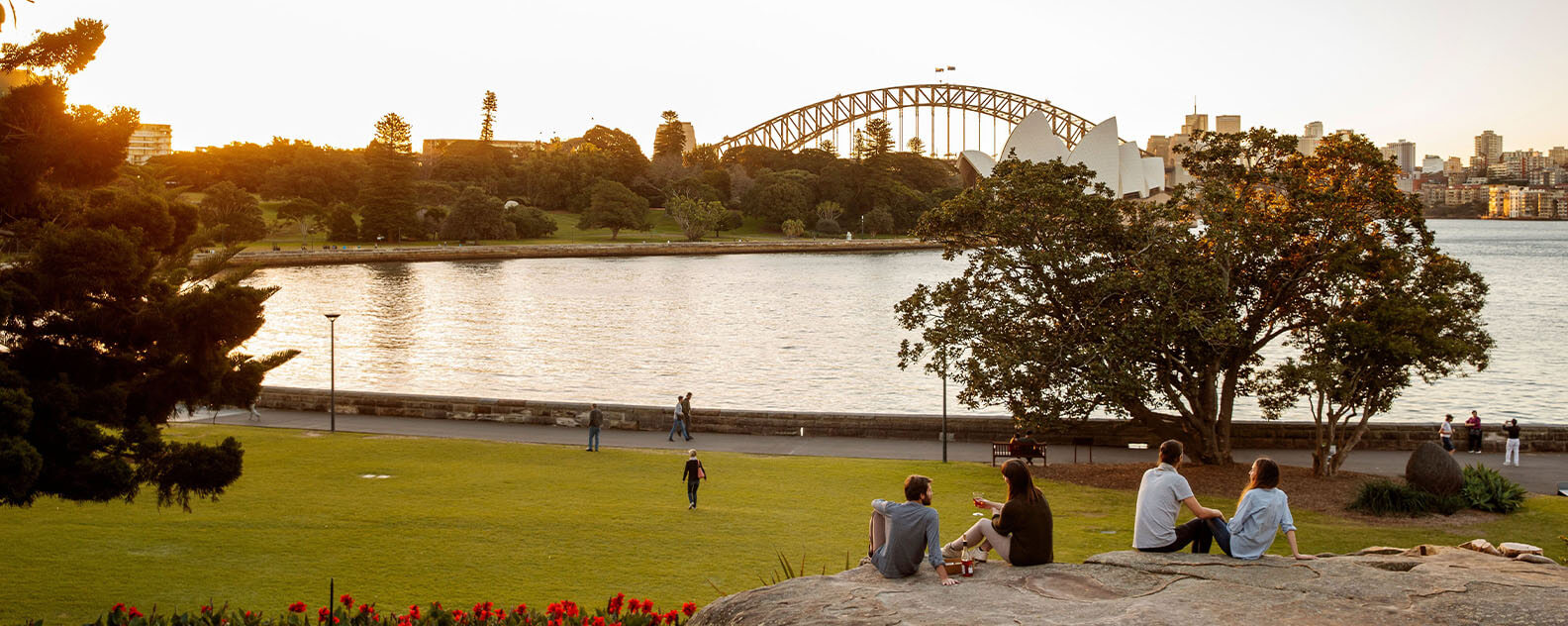
Terrestrial plants and the urban environment
The first story in our three-part series has been adapted from a 2023 National Science Week presentation by Professor Michelle Leishman at the Royal Botanic Garden Sydney. Professor Leishman is Head of the Smart Green Cities Research Centre at Macquarie University where she works on urban plant ecology and researches solutions for heat in our cities and the adaptation of plants and environment.
It’s getting too hot in here
Ever wondered why cities are so hot? Most cities swelter in summer because of the ‘urban heat island effect’ – when trapped heat creates a warmer climate in cities than the regional and rural areas that surround them. Increasing populations, heat-absorbing buildings, and heat-producing activities from transport all compound with the impacts of climate change to create this effect, and unfortunately, cities are only going to getting hotter.
The staggering news that we have warmed the climate by 1.5°C means that heat waves are becoming longer, more intense, and more frequent. Climate change is truly bearing down upon us. According to the World Health Organisation, extreme heat has the highest mortality rate of all other climate related impacts and affects nearly two billion people across the globe.
In Australia, we’ve seen three towns in the Pilbara (a region in Western Australia) reach more than 50°C. On 4 January 2020, the western Sydney suburb of Penrith was the hottest recorded place on the planet – a stifling 48.9°C.
In Sydney, we're starting to see heat waves begin three weeks earlier and the western suburbs are remarkably hotter than the east. Consequently, our heat related mortality is up to three times higher in the west.
So, what can we do?
There is a simple solution to cool these concrete jungles prone to extreme heat – create more green spaces. Not only do plants keep our cities cooler, they also support biodiversity, mitigate urban flooding, and our improve mental health and wellbeing.
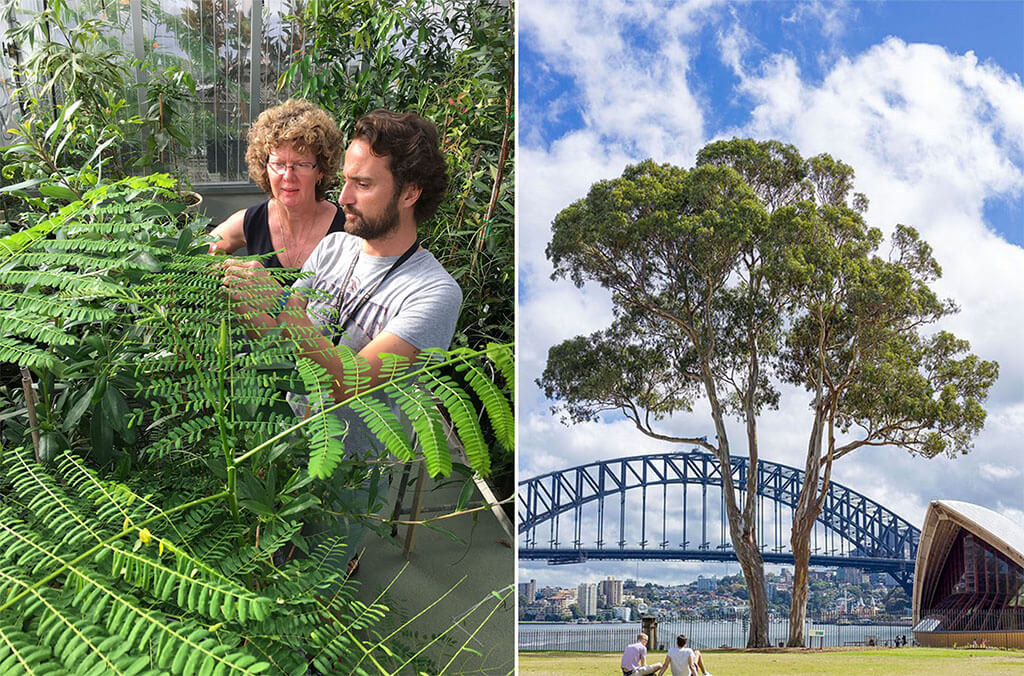
L: Professor Michelle Leishman and Dr Alessandro Ossola assessing plant tolerances in the Macquarie University glasshouses. R: Royal Botanic Garden Sydney.
A backyard solution
During an extreme heatwave in Adelaide a couple of years ago, Professor Michelle Leishman and her team boarded a light aircraft with thermal imaging cameras set up underneath. They flew over the sprawling city as it suffocated in the heat for days, mapping the temperatures across green and non-green spaces.
“Unsurprisingly, we found vegetation lowered the land surface temperatures by up to 6°C, however we also discovered that not all green space is equal. The kinds of vegetation we plant in our green spaces matters. Trees with a higher canopy had a much cooler effect than just grasses or shrubs,” Professor Leishman said.
The team also conducted studies in western Sydney and found many trees that are planted across our suburbs are not coping well with a hotter and drier climate.
“Exotic deciduous trees are struggling the most. The northern hemisphere’s Plane Tree is one example, it’s planted right across Australia and its preference for temperate climates means that it is vulnerable to the intensifying climate conditions,” she said.
Back to that boiling 48.9°C day in Penrith - Professor Leishman and her team travelled there to assess 5,500 trees stretched over 90 kilometres that were baking under the sun. Fortunately for them, they did it the only way you can in that heat: in an air-conditioned car with a laptop and GPS, looking through the window.
“Observing the heat’s impact, we found nearly 80% of exotic trees planted had over half their foliage showing signs of damage, while the majority of our native trees were perfectly okay,” she said.
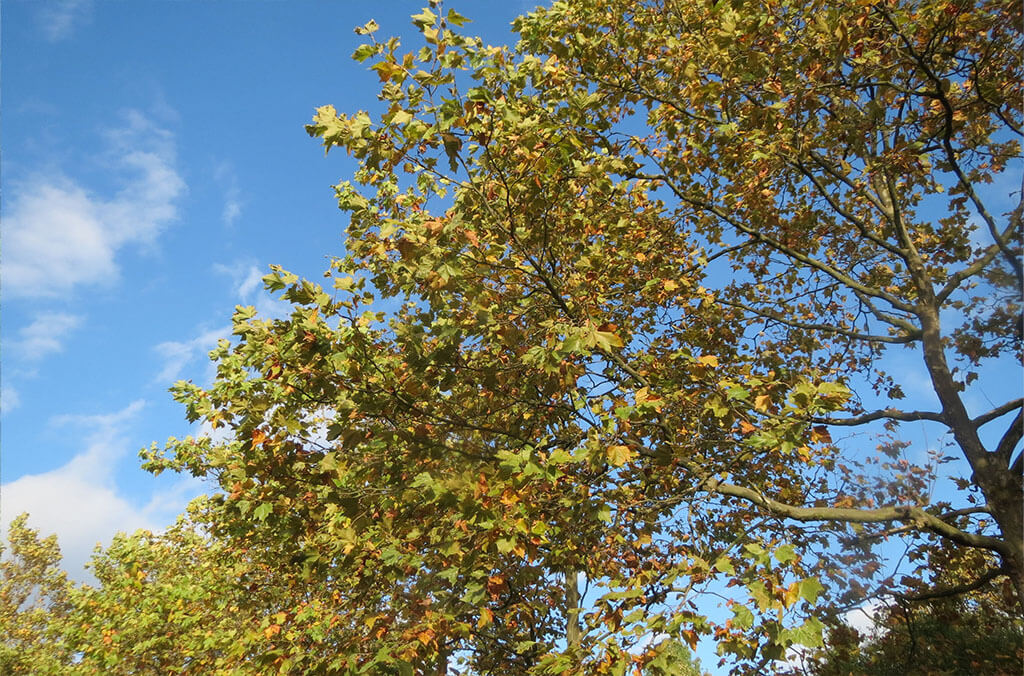
Plane trees from the northern hemisphere are one of the biggest exotic species under threat from extreme heat
Selecting climate-ready species
Our native trees, like eucalypts, cedars and acacias, are enormously resilient when it comes to heat. These tough species are what we will depend upon in the future as the climate continues to warm. They are the plants that can bear heatwaves, drier, and tougher conditions. But like all species, some natives are tougher than others.
Professor Leishman and her team examined 176 native species that are commonly planted in our gardens and modelled the temperatures and conditions predicted for the year 2070.
“We found that more than 70% of these species will experience harsher climatic conditions across Australian cities by 2070 compared to now. And some of the most commonly planted trees are unlikely to survive,” she said.
Macquarie University has responded to this problem by building a world-first online climate-smart plant selector tool. The tool is free for all users and can be found here.
You can enter your postcode and it will produce a list of species that will be climatically suitable now, or in 2050 or 2070, plus a wealth of information about them. Or you can put in your chosen species name and check if it will be likely to survive in that location in the future. Increasing these plants in our homes, public spaces, and outdoor areas will play an crucial role in combating the impacts of climate change.
As climate change intensifies, we will need tools and resources like Which Plant Where to ensure that our green spaces and trees can provide the cooling benefits that we so desperately need in cities.
Related stories
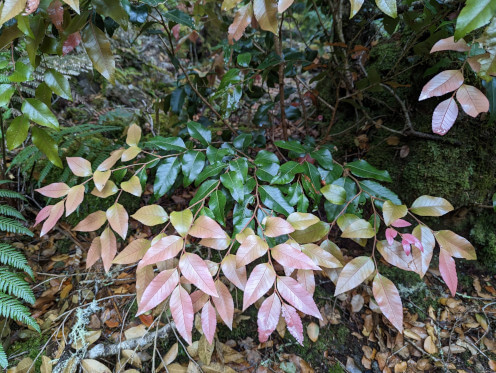
For the team at the Research Centre for Ecosystem Resilience (ReCER), a request from the Blue Mountains Botanic Garden to design a hedge of the towering Nothofagus moorei, or Antarctic beech, sparked a unique collaboration between science and horticulture.
In the lower Hunter Valley, a new nature reserve named Tiraki – Wonnarua for ironbark – has become a sanctuary for one of Australia’s rarest plants.
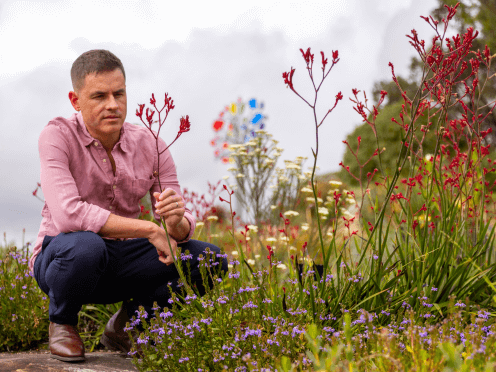
In this new episode of What the Flora!? discover why this world-first global ‘Tree of Life’ study is a new milestone in understanding the evolutionary history of flowering plants.